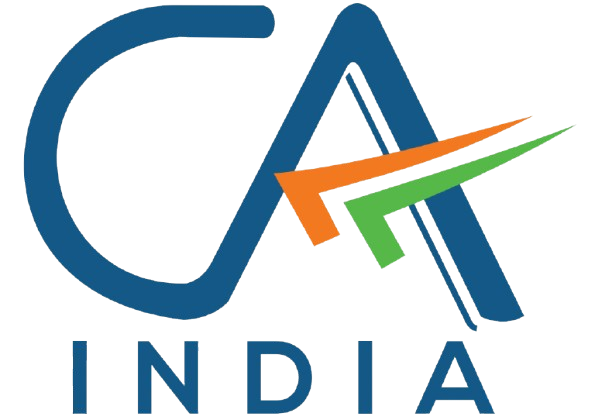
Important GST Filing Updates Effective October 1, 2025
Alongside credit note reforms, the GST Council has introduced new compliance requirements for GST return filings starting October 1, 2025—impacting ITC handling, invoice workflows, and GSTR-3B sequencing.
Key Updates You Need to Know
1. End of ITC Auto-Population
Until now, Input Tax Credit details were auto-populated from GSTR-2B into GSTR-3B. From October 1, 2025, this automation ends. Taxpayers must curate and validate eligible ITC manually.
2. Manual Generation of GSTR-2B
GSTR-2B will no longer appear automatically. Instead, businesses must log into the Invoice Management System (IMS), accept or reject supplier invoices, and then generate GSTR-2B. Only after this step will data be available for GSTR-3B filing.
- Login to IMS
- Review & accept / reject invoices
- Trigger GSTR-2B generation
- Proceed to GSTR-3B filing
3. Revised Credit Note Taxability (Section 34)
If a supplier issues a credit note but the recipient rejects it in IMS, the supplier’s liability reduction will not materialize. Liability reduces only once the recipient performs the corresponding ITC reversal.
4. No GSTR-3B Without GSTR-2B
As per the amendment to Section 39(1), GSTR-3B cannot be filed unless GSTR-2B has first been generated. This creates a mandatory sequencing and elevates the importance of timely invoice validation.
Implications for Businesses
- More Manual Workload – ITC compilation, classification, and eligibility checks must be done internally.
- Dependency on IMS Workflow – Slow acceptance/rejection cycles delay GSTR-2B generation.
- Higher Coordination Needed – If customers fail to reverse ITC tied to credit notes, supplier liabilities may be reinstated.
- Compliance Risks – Filing delays rise if reconciliation or GSTR-2B generation is postponed.
Preparing for the Change
Proactive steps to mitigate disruption:
- Train finance and tax teams on manual ITC workflows.
- Implement or upgrade invoice tracking & matching tools (ERP/GST API integrations).
- Establish vendor & customer communication protocols for timely acceptance and reversals.
- Set internal cut-off dates ahead of statutory deadlines.
Final Thoughts
The 2025 filing framework emphasizes traceability and shared accountability across the supply chain. While compliance complexity increases, disciplined processes and early adaptation can convert this shift into a governance advantage.
Action Point: Begin pilot dry-runs of the manual IMS + GSTR-2B flow before October to uncover bottlenecks.
Need Transition Support for Oct 2025 GST Changes?
We help businesses redesign ITC processes, IMS governance, reconciliation matrices, and internal SOPs—ensuring smooth adoption of the upcoming compliance regime.
Typical turnaround: 2–3 business days. Faster service available on request.
